The Aquincum Museum, which presents the everyday life of the Roman inhabitants who lived on the site of Óbuda in the 2nd-3rd century AD, opened its doors to the public in 1894. The area of the ten-hectare museum gradually reached its current size, the exhibition space became larger and larger, the Roman residential building, the Roman sanctuary and the mythological playground was also built. As a result, the museum area is now bordered by four streets.
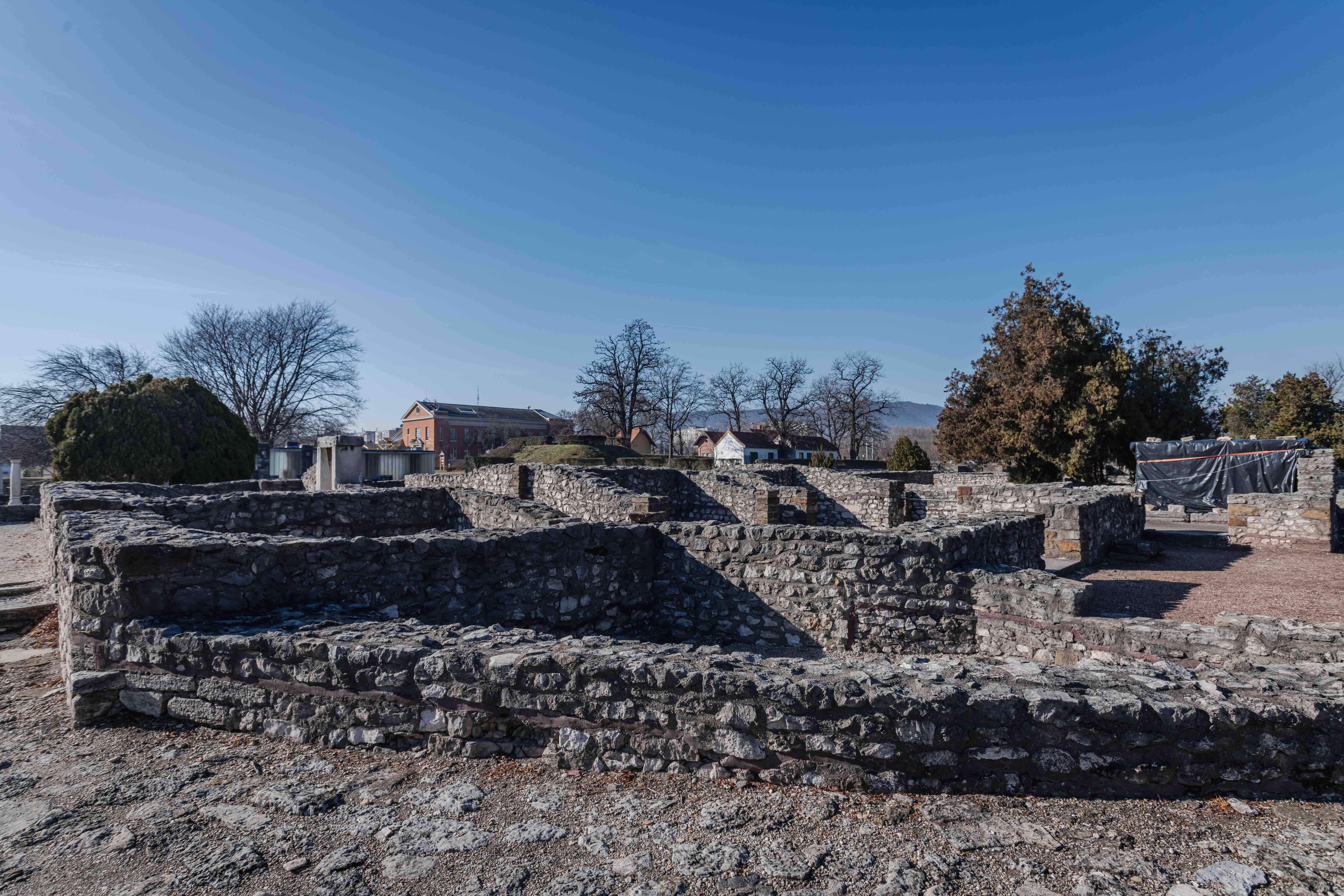
The area of the ruin garden has been open to the public since 1894 (Photo: Róbert Juharos / pestbuda.hu)
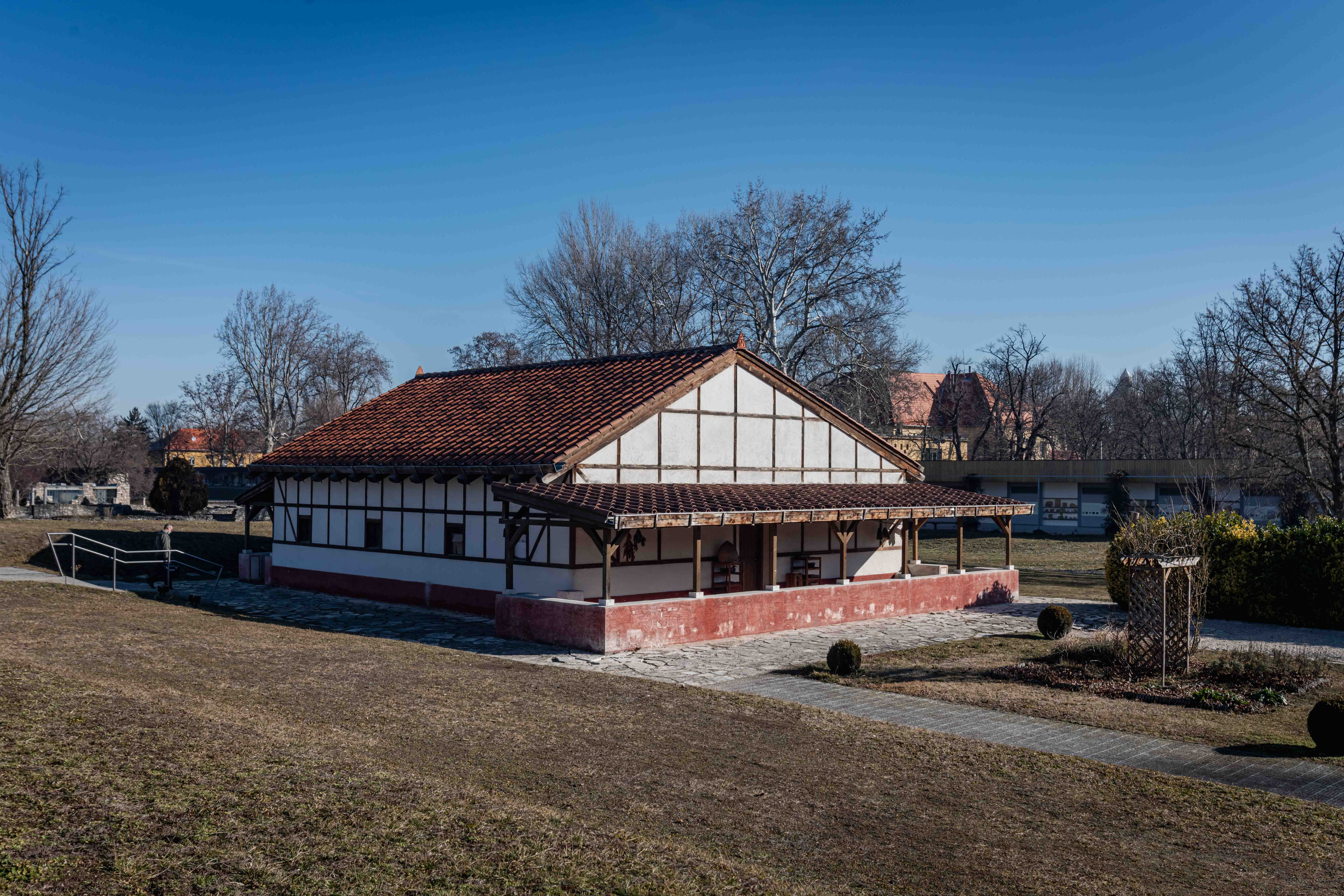
Residential house presenting the everyday life of Roman residents (Photo: Juharos Róbert / pestbuda.hu)
As the director of the museum, Orsolya Láng, told Pestbuda, everything within the fence has been exemplary to this day, the exhibitions are of a very high standard, and the people who work there organize numerous interesting events and programs. From the outside, however, the activities of the institution were never really spectacular, meaning that the exterior and interior of the museum were not in harmony with each other. Because of this, the idea of renovation and remodelling has been raised several times, but in the end nothing happened. However, a few years ago, a turnaround took place, the results of which can now be seen by those who walk around Aquincum, as work is already under way in the area.
The director told our paper the story of the development that began in early February . The idea was born in 2014, when students from the Doctoral School of Architecture at the Budapest University of Technology and Economics submitted their work for a joint idea competition of the Aquincum Museum and the university. Their task was to provide the museum with a modern, contemporary framework that could also improve the overall image of the neighbourhood. It has been 8 years since then, and the realization of the idea presented in the visual plans - based on the construction plans of Zsófia Francsicsné Szántay, László Francsics and Zoltán Páricsy - has finally started.
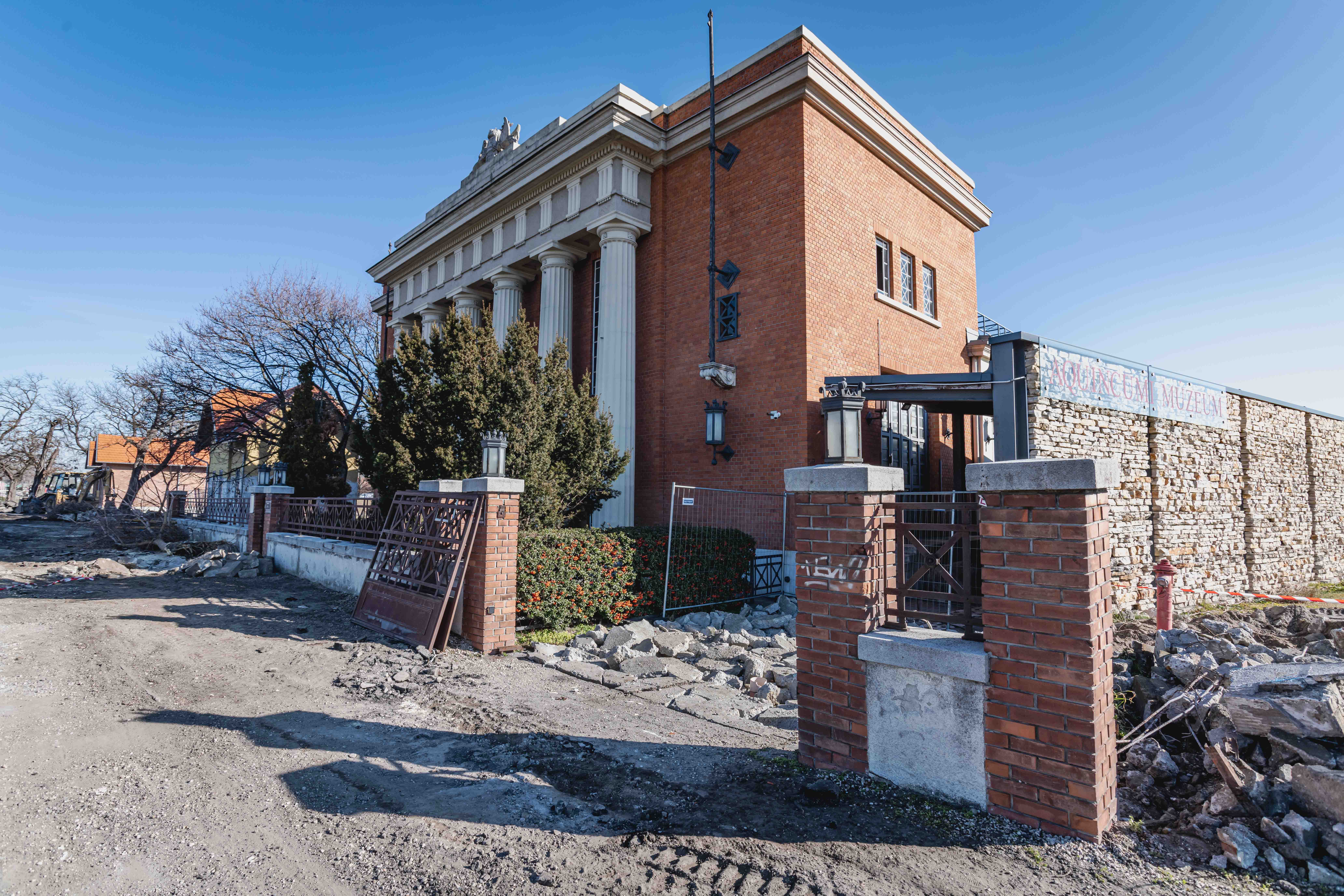
The rusty iron fence on Szentendrei Road will be replaced by a completely new experience wall (Photo: Róbert Juharos / pestbuda.hu)
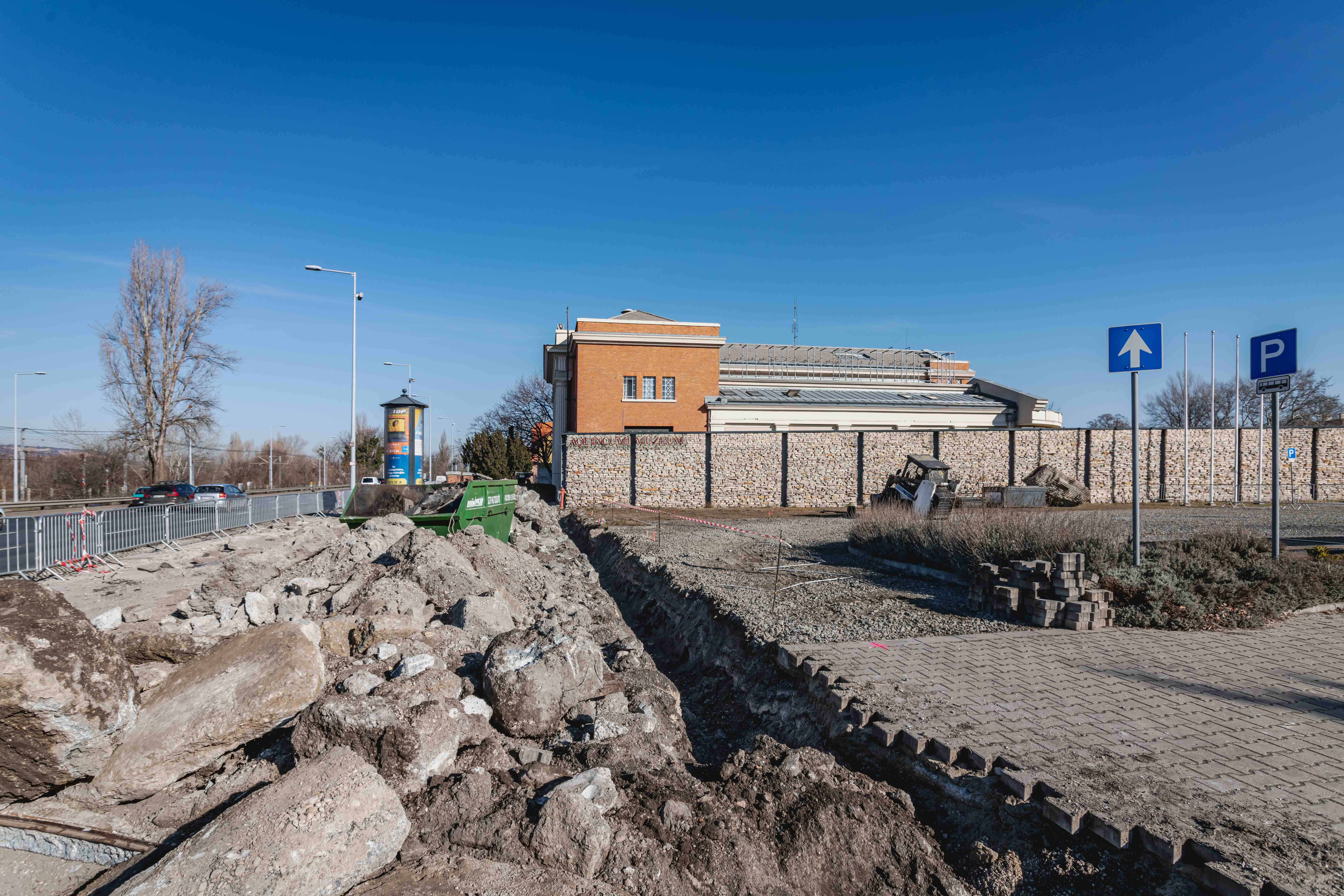
The development, which started at the beginning of February, started with the demolition of the old fence (Photo: Róbert Juharos / pestbuda.hu)
The program is implemented in cooperation between the Aquincum Museum belonging to the Budapest History Museum (BTM), the local government of the 3rd District and the Hungarian Tourism Agency, with the support of 385.13 million forints by the European Union . As the director said, the goal is to “turn over” the museum: bring the many values and curiosities that are inside to the public space and make people want to visit the museum. In other words, the first part of the developments concerns the appearance on the street, the fence, the design of the entrance and the car park.
As a first step, instead of a rusty iron fence, the museum will receive a spectacular, aesthetic wall of experience that can attract the attention of motorists, pedestrians and tourist buses along Szentendrei Road. Various figures and textual information about Aquincum's past will be placed on the wall of the fence. A wide sidewalk will be built for pedestrians along Szentendrei Road.
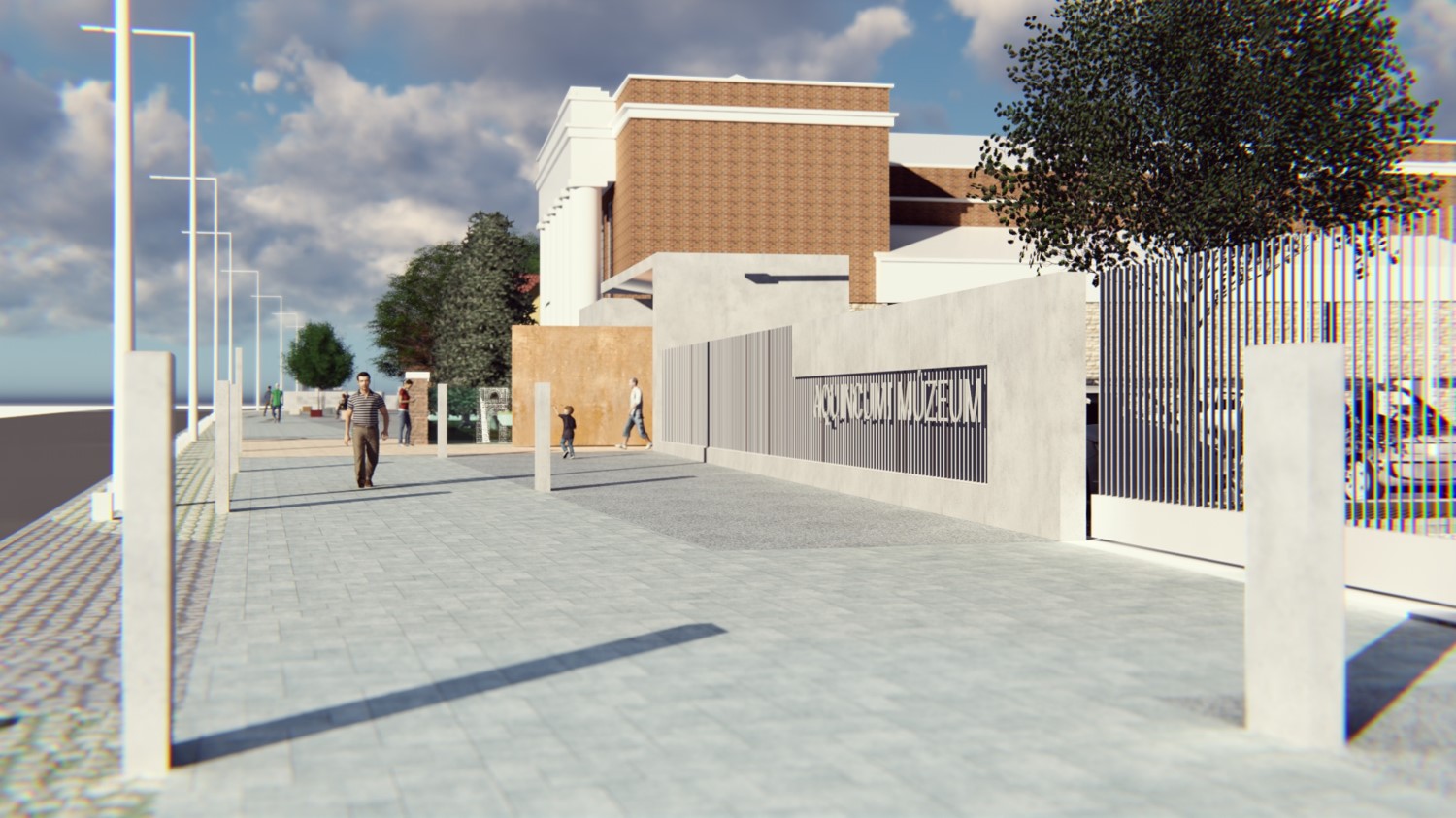
The museum gets a spectacular, aesthetic fence instead of a rusty iron fence (Source: aquincum.hu)
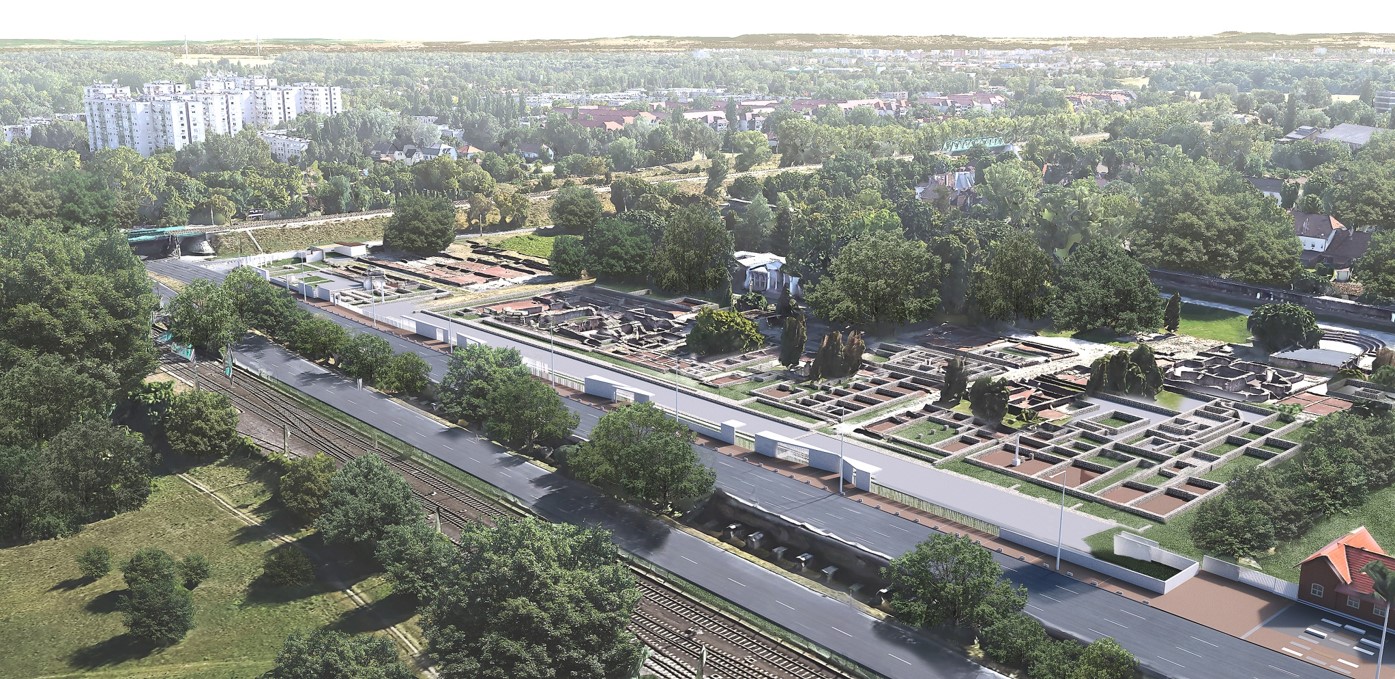
Visual design of the fence from a bird's eye view (Source: aquincum.hu)
Roman stone monuments will be shown along the entrance walkway to the checkout, and the text of a Roman tomb in Aquincum will be engraved in Latin, Hungarian and English. A part of the former Roman road will also be built, and the location of the former Roman gate will also be marked on the pavement. Benches and anti-roll bars will be placed on the renovated area, and four columned early maple trees will be planted.
The main entrance will also be beautified. At the entrance to the newly built large revolving gate, the visitor will be able to see the bronze floor plan of the civic city - the work of graphic artist Burus Botond and sculptor Márton Bojti.
The car park will also be renovated, and there will be openings in the fence on Sujtás Street, through which those interested can enter the territory of the institution.
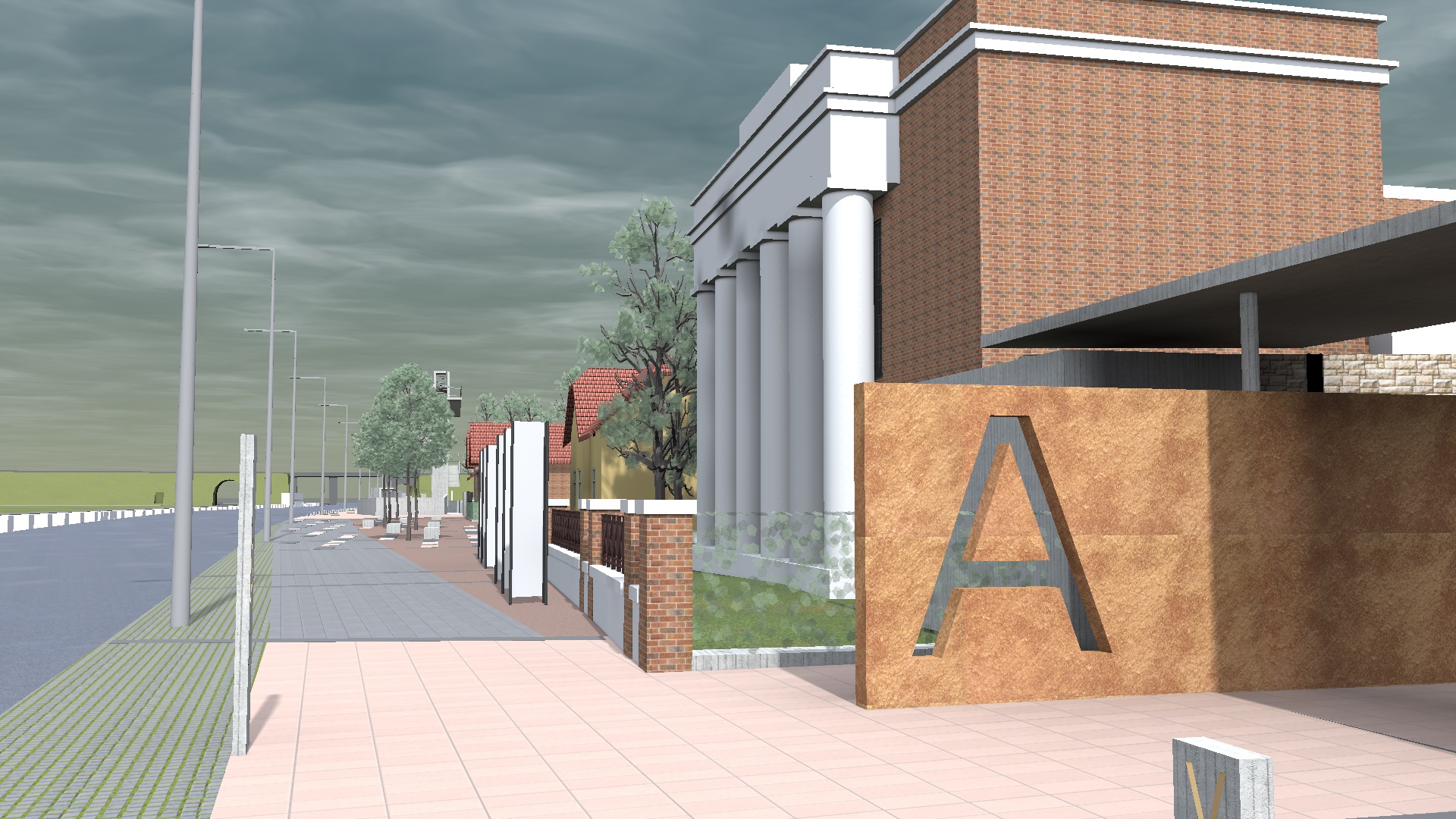
A wide sidewalk will be built for pedestrians, but trees will also be planted and benches and anti-roll bars will be placed (Source: aquincum.hu)
In addition to the outdoor developments, there will also be changes in the main building of the museum. The house, built in 1931 and now a listed as a monument, which has belonged to the museum since 2007, a new permanent exhibition on Roman limes and the Aquincum army will open. This is also interesting because there were once a large number of Roman armies stationed in the area of Budapest, and the museum will present the everyday life of the soldiers to visitors. There will be a traditional part of the exhibition, where visitors will be able to see various objects, such as weapons, but they will also create a furnished, interactive space and, even a military barracks or a part of the spa can be viewed virtually through VR goggles . The VR goggles will be able to provide a full panoramic view of the exhibition space, but those who look around without it will not be left without an experience, as they will also create furnished interiors.
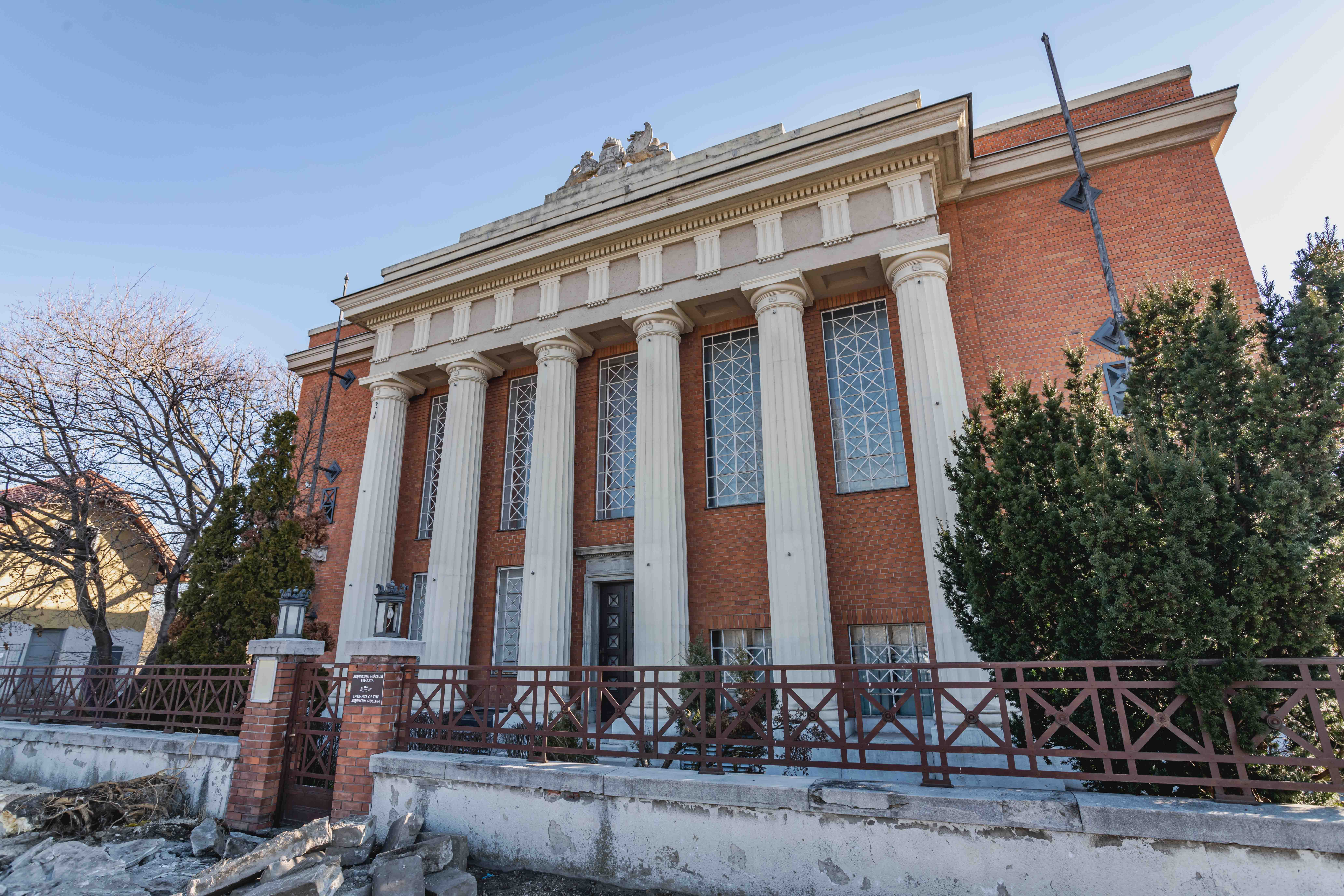
The main building was built in 1931, but has only belonged to the museum since 2007 (Photo: Róbert Juharos / pestbuda.hu)
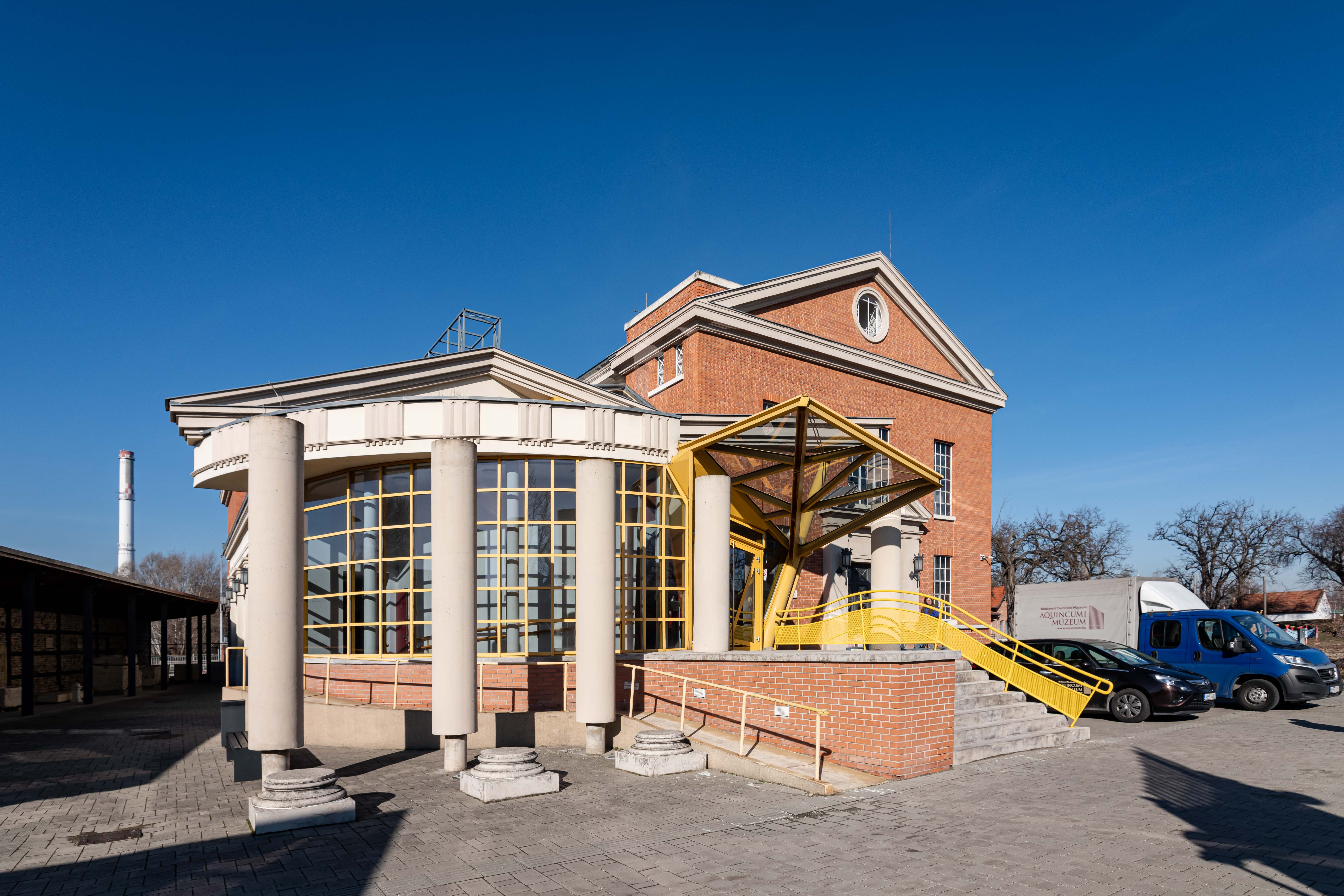
The back of the main building, the exhibitions can be approached from here (Photo: Juharos Róbert / pestbuda.hu)
As there are Roman monuments in many other parts of Óbuda, the development extends beyond the Aquincum Museum. Two plexiglass panels have already been placed at the military amphitheater in Pacsirtamező Street, and one at the camp gate on Kórház Street. If the viewer stands in front of this special sign, the re-created Roman monument will appear in front of them, and the present ruined area can be clearly seen behind it. Visitors can thus experience the dual effects of the past and the present, which can be enhanced in the future by the free telephone-based augmented reality application that is now being developed. The essence of this will be that the two locations will come to life virtually through the phone's screen: soldiers walking beside the Hungarian or English text information will guide visitors into the past.
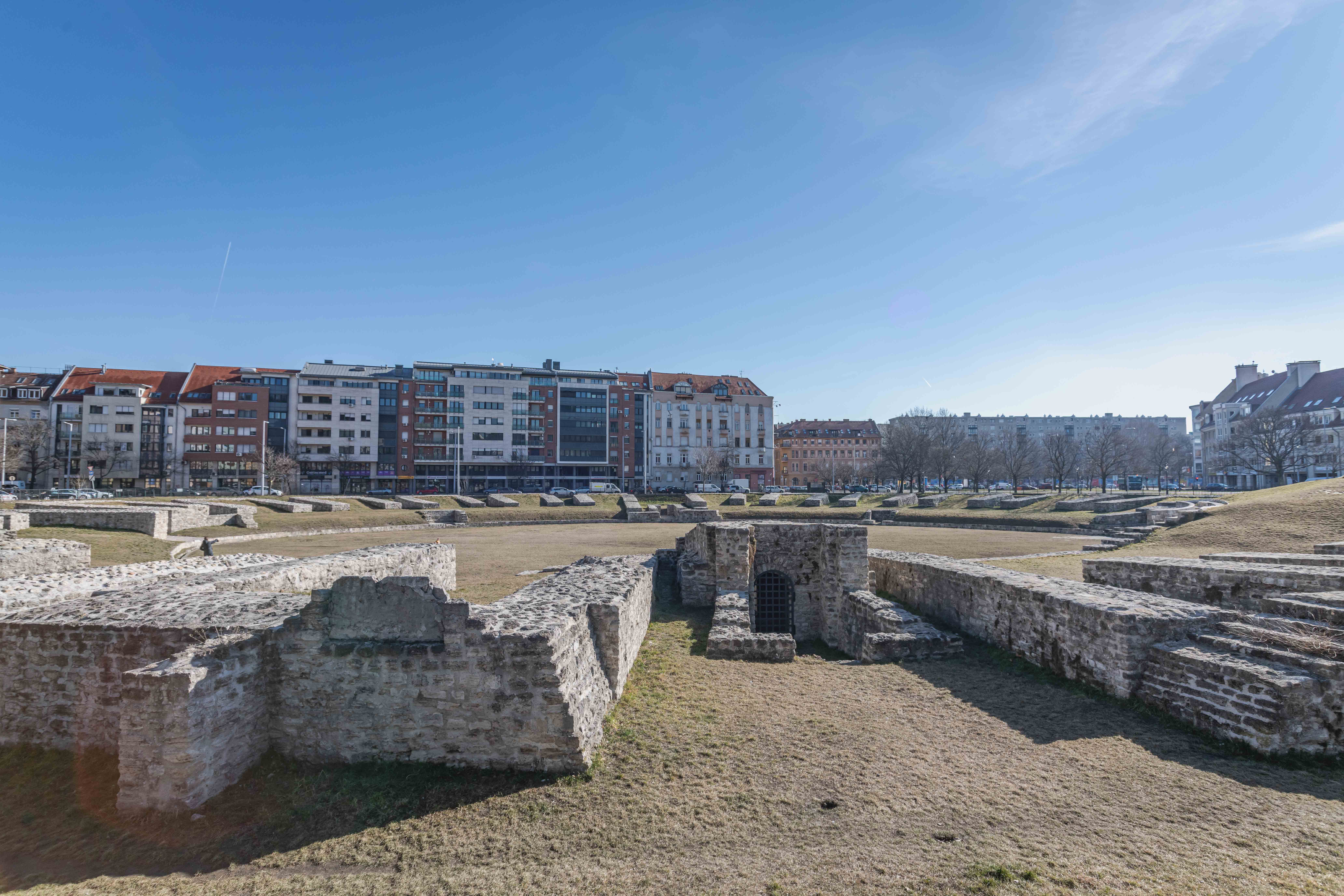
The military amphitheatre on Pacsirtamező Street also belongs to the Aquincum Museum (Photo: Róbert Juharos / pestbuda.hu)
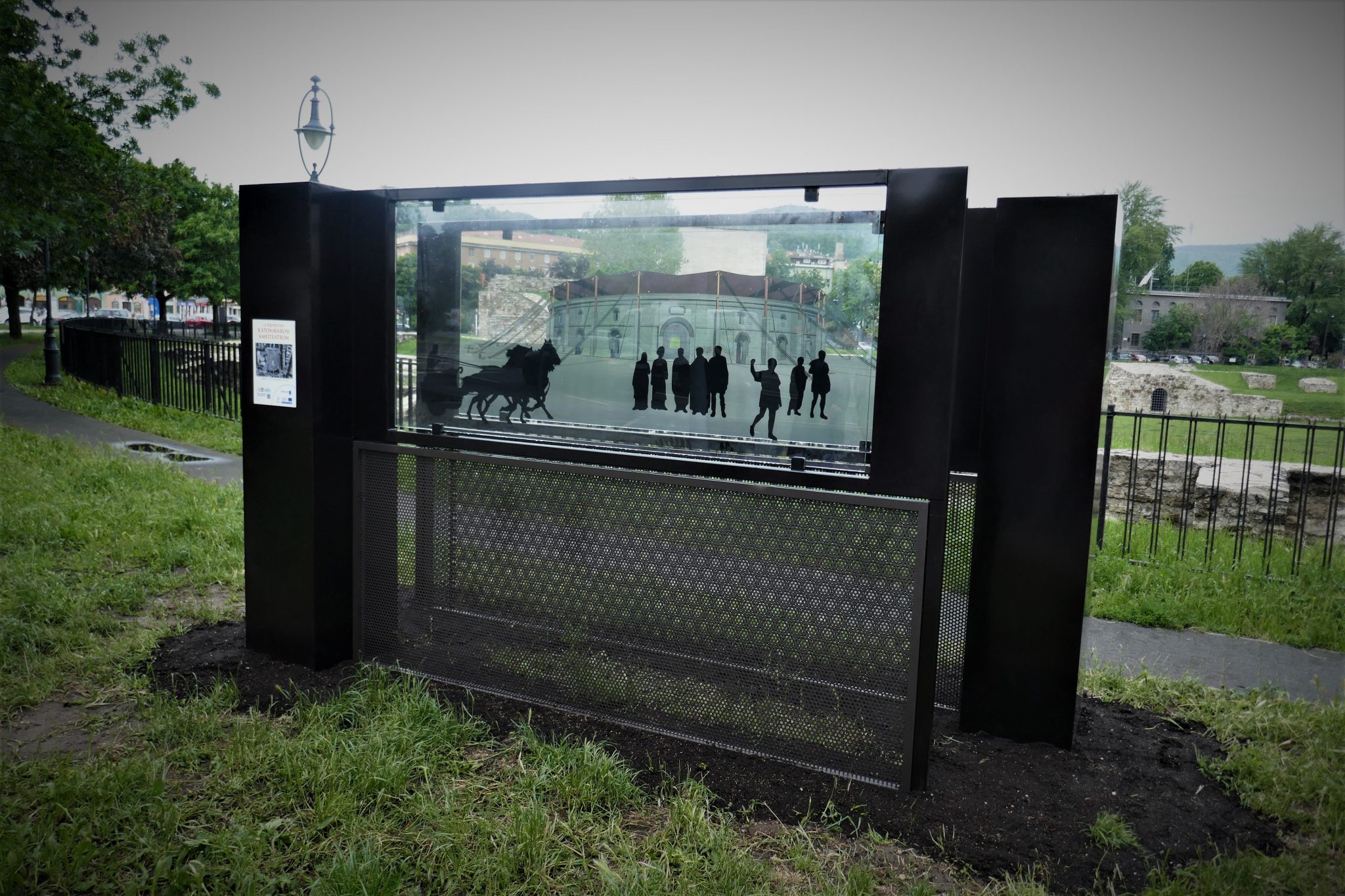
The figures on the surface of the plexiglass board created with a special visual solution create a spatial effect (Source: obuda.hu)
The museum will not close for the duration of the developments, the renovated areas will be handed over gradually. Although the smaller elements are ready, it will take more time to build the new fence. As a result of the development, which will be completed by mid-2023, it will be a completely new experience to visit the Aquincum Museum and it will be easier to experience the daily lives of the inhabitants of Rome.
Cover photo: Visual design of the museum (Source: aquincum.hu)

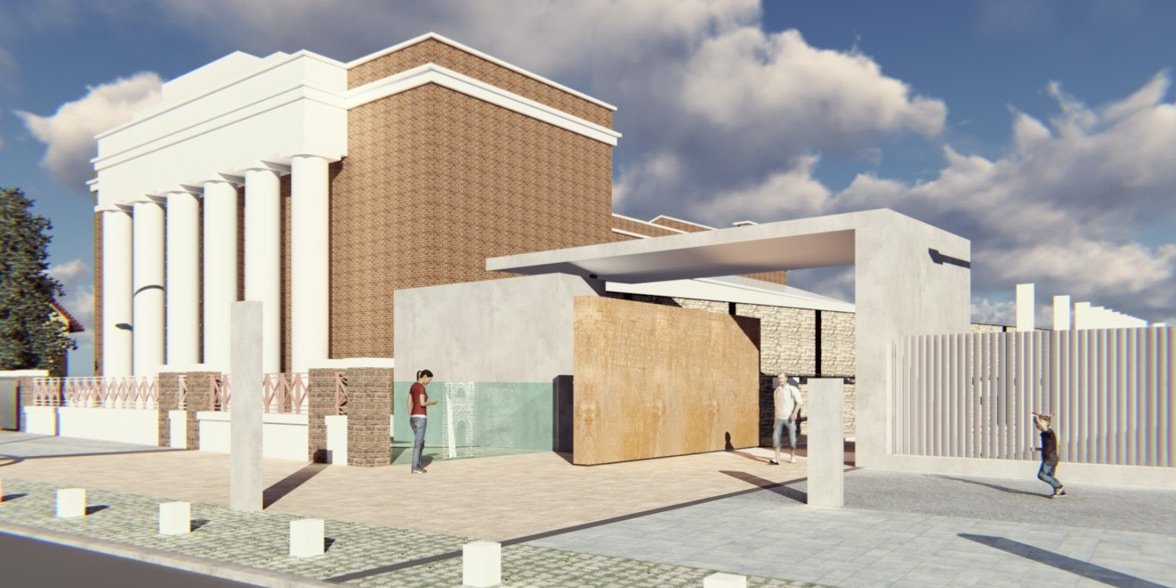


































Hozzászólások
Log in or register to comment!
Login Registration